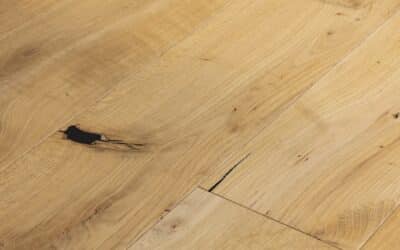VERY IMPORTANT!!!
Dispose of any oil-soaked cloths or micro-fibre mop heads immediately afterwards by putting them in a plastic bag, soaking with water and then placing in an outdoor bin. Oil soaked cloths not treated this way can spontaneously combust when exposed to oxygen.
WHAT YOU NEED:
- Sponge mop to clean floor & bucket
- Micro-fibre mop (Browns Dust Uno from Mitre 10 Mega) to spread oil
- Plastic spray bottle (Pams garden spray bottle from New World supermarket, or similar)
APPLICATION INSTRUCTIONS
- Vacuum and mop floor clean with recommended oiled floor cleaner from Vienna Woods. Wait for the floor to dry.
- Shake maintenance oil well, then pour a little bit into the spray bottle. Set spray dispenser onto ‘squirt’ (not the fine mist setting).
- Squirt the oil onto the floor – a little bit goes quite a long way. Take care not to get the oil on skirting etc. You can apply oil around furniture if you’re unable to move some heavy pieces of furniture. Aim to spread a light coating on the wood surface – it should be thinly covered by the oil, but not applied too thick or it may not dry. Spread in the direction of the wood grain.
- Apply firm pressure on the mop to spread and buff the oil in evenly.
- Oil should dry in 2-6 hours depending on humidity. In the meantime, only walk on it in socks to avoid marks such as shoe prints setting in the oil. Move furniture back a day or two later if possible.
- Do not wash the floor for 8-10 days after to allow the oil adequate curing time. 1 litre of oil should cover up to approx. 100m2 depending on the texture of the wood.
FREQUENCY
Apply maintenance oil every 12 months or if you notice floor is becoming more susceptible to staining. Other signs the floor may need oiling is if it looks very dry or faded. Top up heavy traffic areas as needed.
GOOD TO KNOW
Do not try to remove paint residue with solvents or harsh cleaners. Wipe up paint immediately when wet if possible or gently remove with a thumbnail. To remove glue marks from the floor you can rub with your thumb or a dry micro-fibre mop. Oiled floors should be installed after plastering and painting is completed. Always protect your oiled floor from plaster dust or paint with floor protection covering as either substance is difficult to remove from a textured floor. Rubbing oiled floors too hard or using solvents may result in some of the original finish being removed from the floor. Use gentle to moderate force when spot cleaning an area. If in doubt, contact us first before you do anything.
Please contact Vienna Woods if you have any questions on 09 523 1839 or support@www.viennawoods.co.nz


